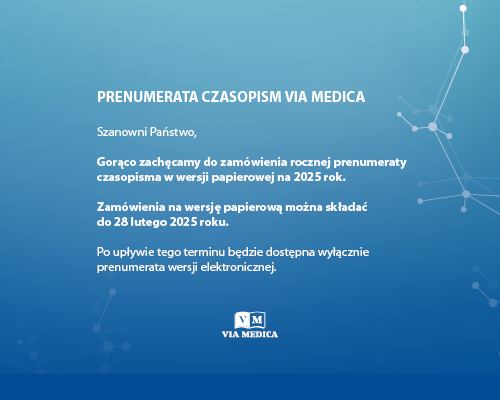Leki przeciwnadciśnieniowe a skażenie rakotwórczymi nitrozoaminami
Streszczenie
At the end of June 2018 small amounts of highly carcinogenic N–nitrosamine — N–nitrosodimethylamine (NDMA) contaminations were found in some of the angiotensin II receptor AT1 antagonists (sartans) used to treat arterial hypertension. By July 2019, four N–nitrosamine impurities had been identified in sartans: NDMA, N–nitrosodiethylamine, N‑nitrosodiisopropylamine and N-nitroso-N-methyl-4-aminobutyric acid. Seven manufacturers of three contaminated active substances (valsartan, losartan and irbesartan) from China, India and Mexico had also been identified. These compounds had infiltrated the active pharmaceutical ingredients probably as a consequence of ill-considered synthesis modifications. The number of people who have been prescribed contaminated valsartan alone is estimated at around 20 million worldwide.
This paper discusses the role of sartans in medicine in the context of the physiological significance of the renin–angiotensin–aldosterone system as well as the role of tetrazole moiety in the mechanism of sartans receptor activity. The synthesis of tetrazole moiety and its modifications have been characterized as possible causes of the appearance of nitrosamine impurities in sartans. The toxicological properties of nitrosamines are also briefly outlined. The fact that nitrosamines had been entering medicines for at least five years without the knowledge of the authorities responsible for the safety of medicines has exposed a gross malfunctioning of the system intended to guarantee the safety of medicinal products. The valsartan scandal has forced changes to some drug regulations, in particular the requirements for analytical procedures.
Słowa kluczowe: sartanyzanieczyszczenia substancji czynnych lekównitrozoaminychemizm pochodnych tetrazolu





